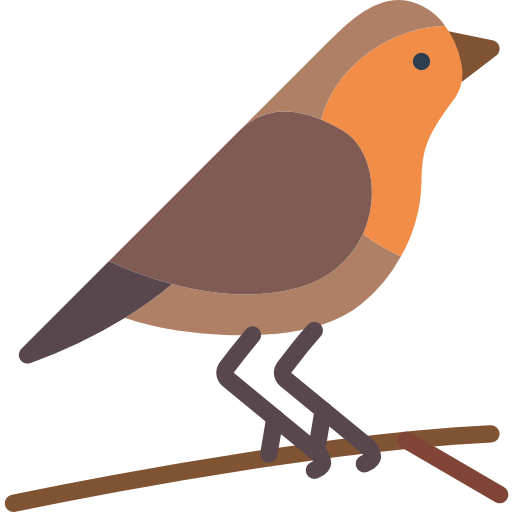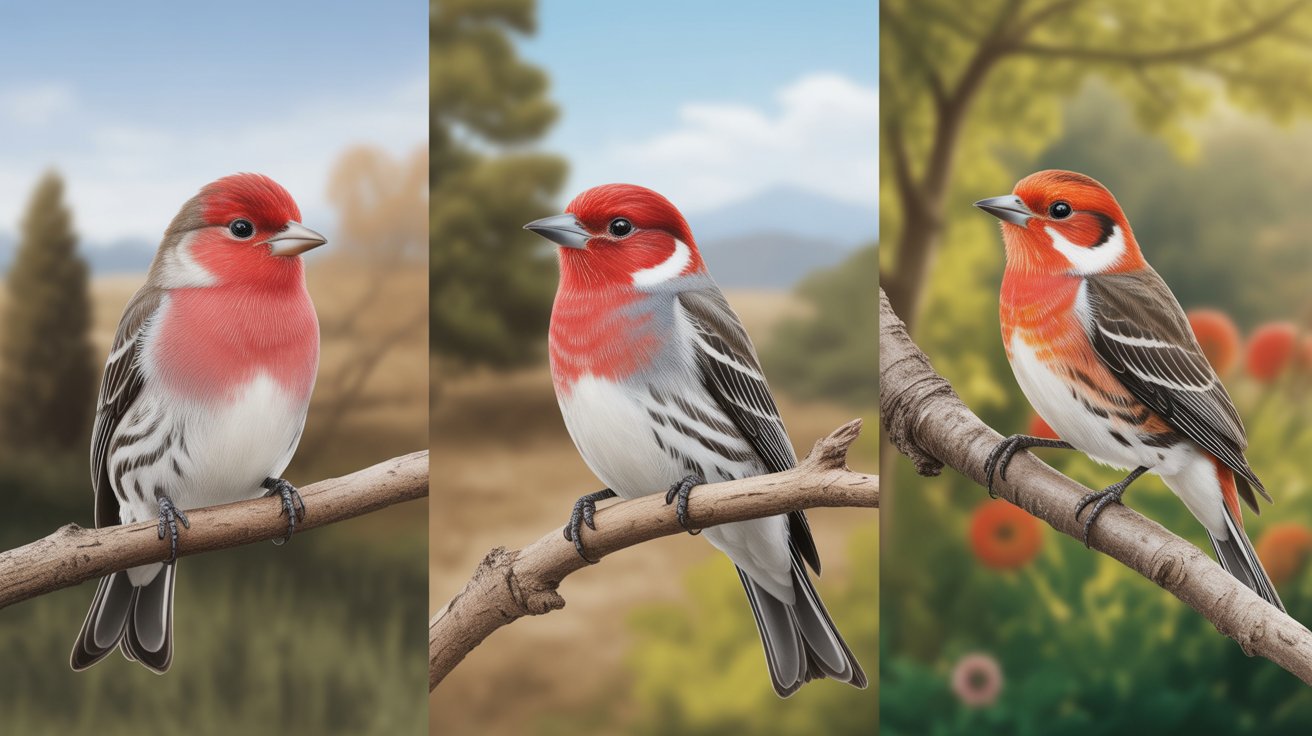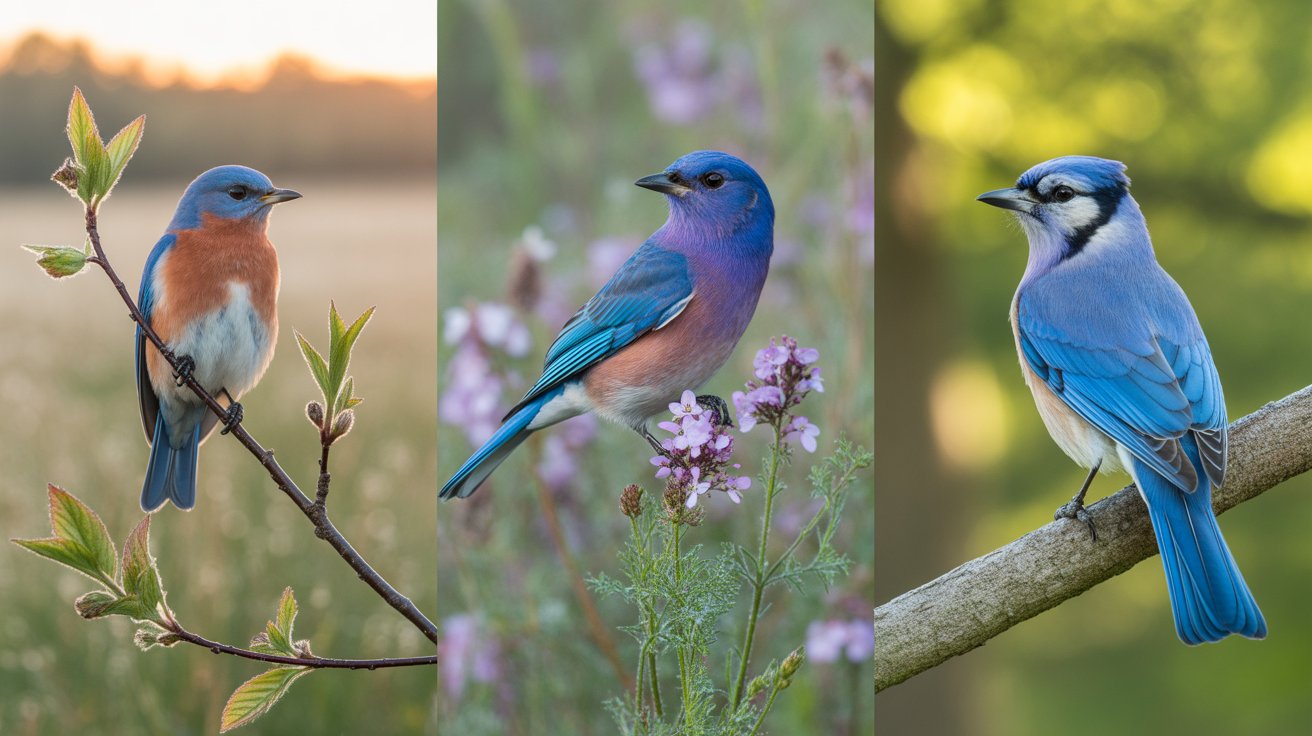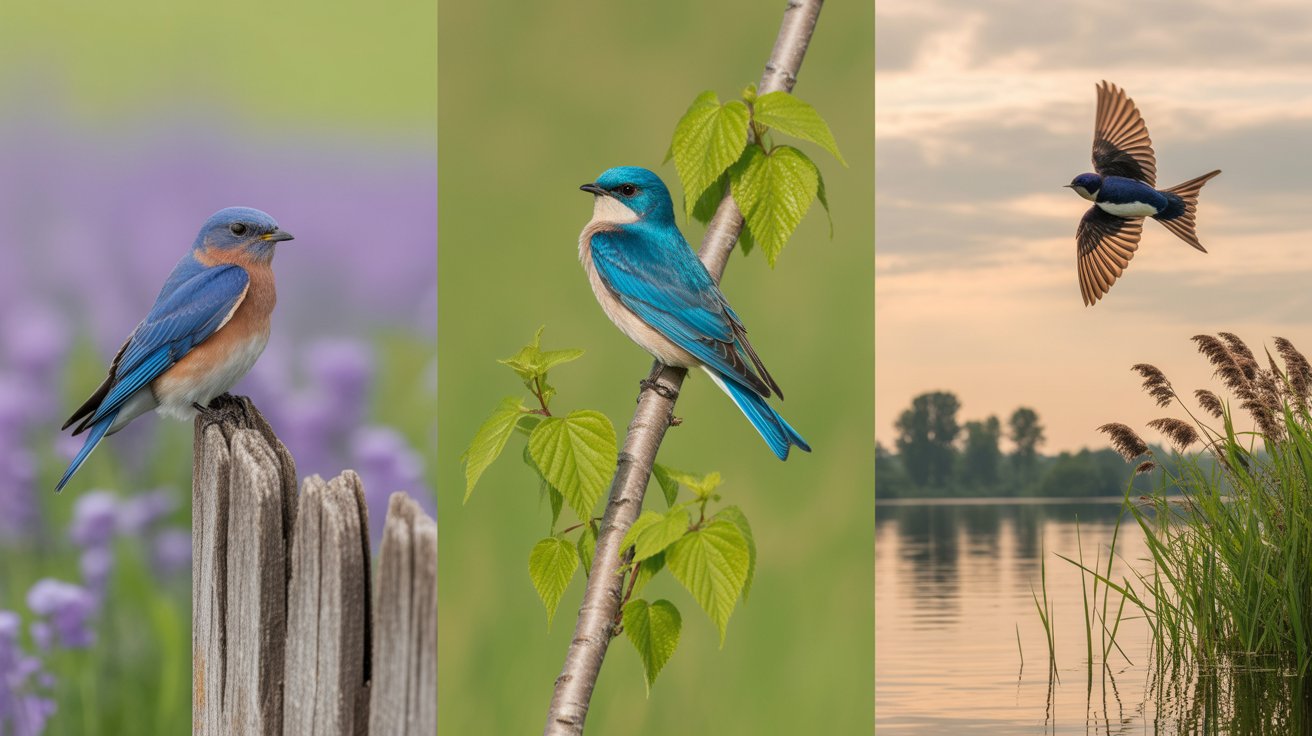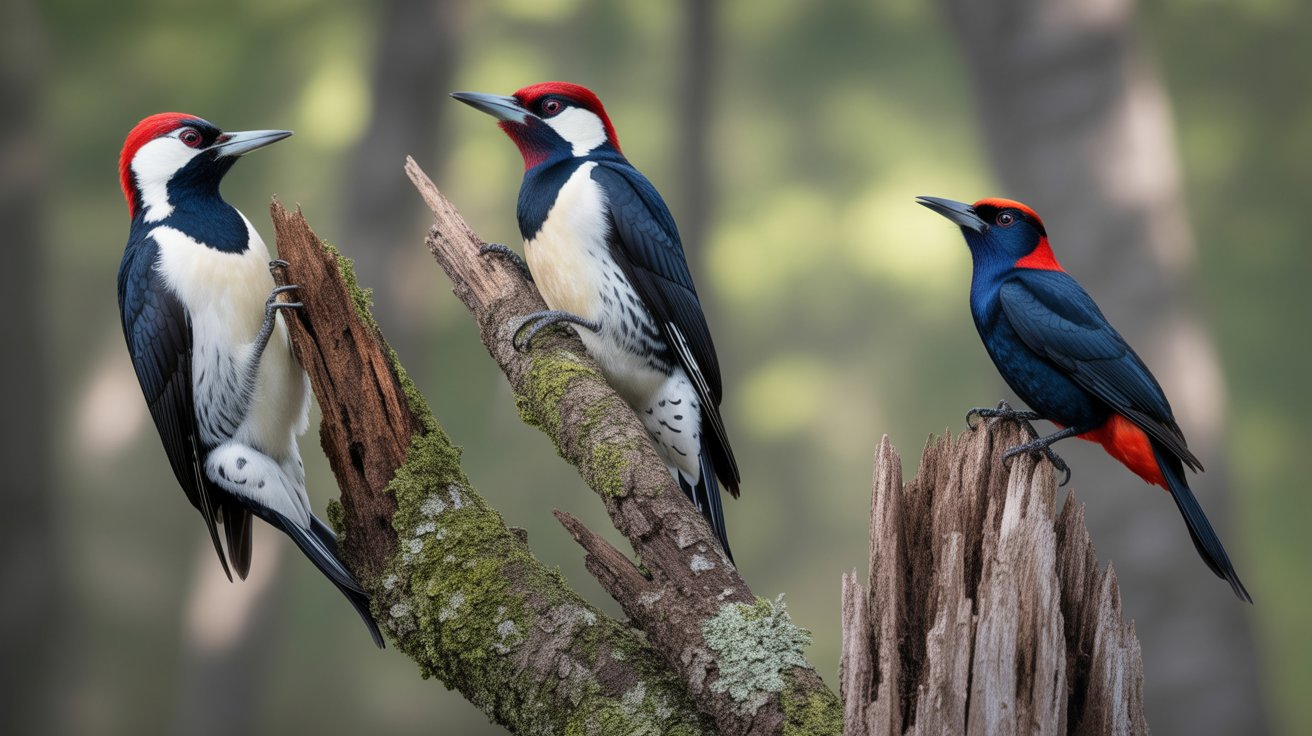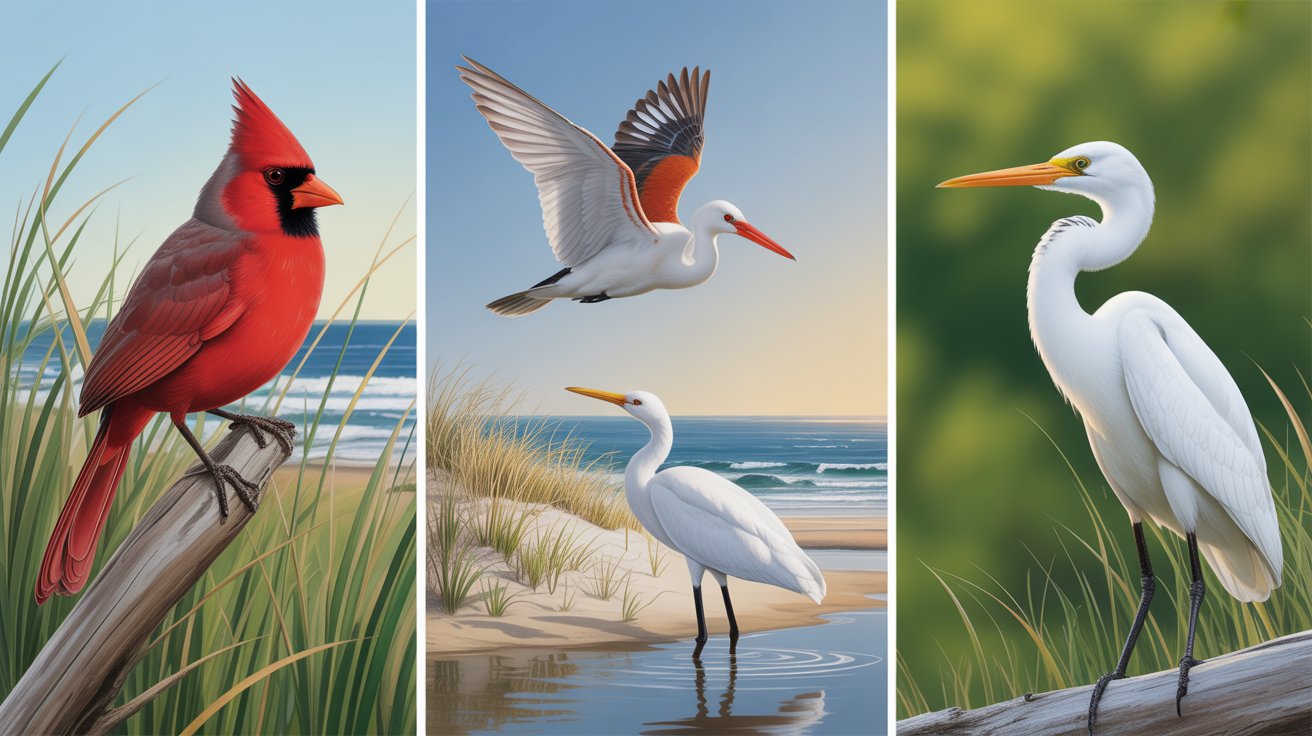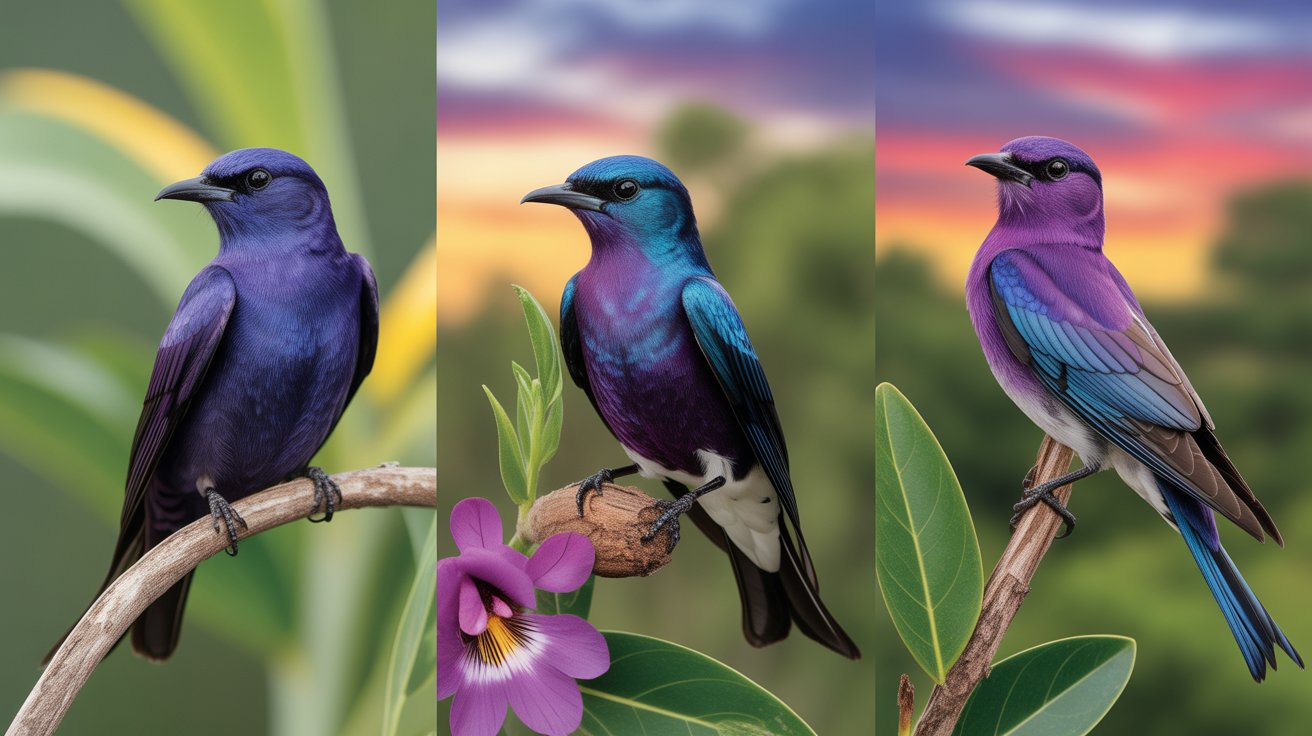Have you ever caught a glimpse of a bird with a fiery red chest and wondered what species it could be? Birds with red breasts are some of the most striking and beloved in the avian world. Whether it’s the cheery chirp of a robin in spring or a scarlet flash in the treetops, these birds have a way of capturing your attention—and your heart.
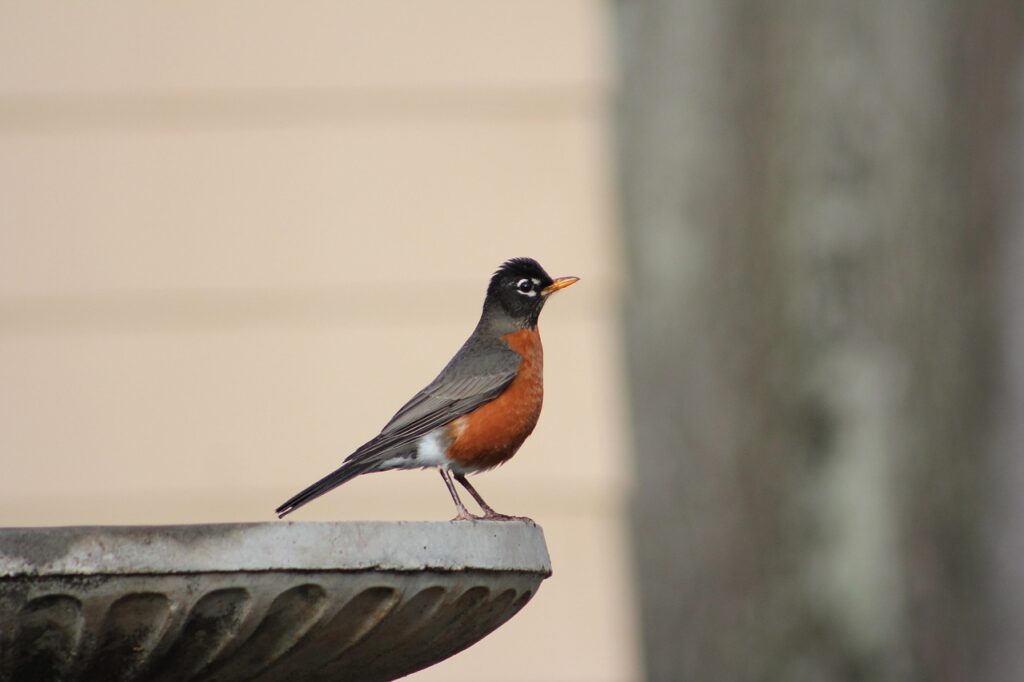
Red breast coloring isn’t just for show. It can serve as a way to attract mates, intimidate rivals, or simply blend into the natural environment during certain seasons. From tiny songbirds to medium-sized forest dwellers, many birds sport bold crimson or subtle reddish-orange hues across their chests.
In this guide, you’ll discover a fascinating variety of birds that flaunt this feature. Whether you’re an avid birder, a backyard bird feeder enthusiast, or someone who just appreciates colorful wildlife, there’s plenty here to explore. Each bird listed includes essential stats like scientific name, wingspan, size, and weight to help you identify them easily in the wild or in your favorite birding book.
Let’s take flight and explore the brilliant world of birds with red breasts—you might be surprised by how many you’ve seen without even realizing it.
Contents
- 15+ Birds With Red Breast
- 1. American Robin
- 2. European Robin
- 3. Vermilion Flycatcher
- 4. Scarlet Robin
- 5. Rose-breasted Grosbeak
- 6. Red-breasted Nuthatch
- 7. Common Redstart
- 8. Eastern Towhee
- 9. Painted Redstart
- 10. Flame Robin
- 11. Eurasian Bullfinch
- 12. Crimson Chat
- 13. Red-breasted Meadowlark
- 14. Pyrrhuloxia (Desert Cardinal)
- 15. Southern Red Bishop
- 16. Red-capped Robin
- FAQs About Birds With Red Breasts
- Conclusion
15+ Birds With Red Breast
1. American Robin
The American Robin is probably the most recognized bird with a red breast in North America. Its sweet song is a symbol of springtime across many states.
- Scientific Name: Turdus migratorius
- Wingspan: 12–16 inches (30–41 cm)
- Length: 9–11 inches (23–28 cm)
- Weight: 2.7–3 ounces (77–85 grams)
With a slate-gray back and a rich brick-red breast, the American Robin stands out on lawns and in parks. They’re ground foragers, hopping around looking for worms, insects, and berries. In early spring, you’ll often hear their whistled “cheerily-cheer-up” call at dawn. These birds are found across much of the U.S. and Canada and migrate in flocks during colder months.
2. European Robin
Despite the similar name, the European Robin is smaller and rounder than its American cousin.
- Scientific Name: Erithacus rubecula
- Wingspan: 7.5–8.5 inches (19–22 cm)
- Length: 5–5.5 inches (12.5–14 cm)
- Weight: 0.5–0.8 ounces (14–23 grams)
This delightful bird features a bright orange-red breast framed by a gray face and olive-brown back. European Robins are often seen perched boldly in gardens and woodlands across Europe. They sing sweetly year-round and are especially vocal in the winter. Their curious nature often brings them close to people.
3. Vermilion Flycatcher
This dazzling bird looks like it’s dipped in red paint. Males are particularly eye-catching.
- Scientific Name: Pyrocephalus rubinus
- Wingspan: 9.5–10.5 inches (24–27 cm)
- Length: 5–5.5 inches (13–14 cm)
- Weight: 0.3–0.4 ounces (8–12 grams)
The Vermilion Flycatcher male has a brilliant red head and breast with black wings and tail. Females are more subdued with a pale red belly. These birds live in open areas of the southwestern U.S., Mexico, and Central America. They’re insectivores, often seen swooping from low perches to catch flying bugs.
4. Scarlet Robin
Native to Australia, the Scarlet Robin is a small but vibrant bird found in forests and open woodlands.
- Scientific Name: Petroica boodang
- Wingspan: 7–7.5 inches (18–19 cm)
- Length: 4.5–5 inches (11–13 cm)
- Weight: 0.4–0.6 ounces (12–18 grams)
Males sport a striking scarlet breast, contrasting with a black head and back and a white patch above the bill. Females have a more faded reddish-orange breast. You’ll often find them perched upright on low branches as they hunt insects.
5. Rose-breasted Grosbeak
This songbird is a standout in any forest with its rose-colored bib on a black-and-white body.
- Scientific Name: Pheucticus ludovicianus
- Wingspan: 11–13 inches (28–33 cm)
- Length: 7–8 inches (18–21 cm)
- Weight: 1.4–1.7 ounces (39–49 grams)
Males display a bright rose-red triangle on their chest, with jet-black upperparts and white underparts. Females are streaked brown and lack the bold chest color. Rose-breasted Grosbeaks are found in woodlands of eastern North America and migrate to Central and South America in winter.
6. Red-breasted Nuthatch
This tiny bird is full of personality and often seen climbing trees headfirst.
- Scientific Name: Sitta canadensis
- Wingspan: 7.5–8.5 inches (19–22 cm)
- Length: 4.5 inches (11 cm)
- Weight: 0.3–0.4 ounces (9–11 grams)
The Red-breasted Nuthatch has a rusty-orange breast, blue-gray back, and a black eye-stripe. It’s a year-round resident of coniferous forests in North America. These birds have a nasal “yank-yank” call and are regular visitors at bird feeders, especially in winter.
7. Common Redstart
A small and agile songbird that flashes fiery red-orange from the tail and breast.
- Scientific Name: Phoenicurus phoenicurus
- Wingspan: 8.5–10 inches (21–25 cm)
- Length: 5–6 inches (13–15 cm)
- Weight: 0.5–0.7 ounces (14–20 grams)
Males are striking with a slate-gray back, black face, and bold orange-red breast. Females are duller with more brownish tones. Common Redstarts breed in Europe and western Asia and migrate to Africa in winter. They’re agile insect hunters and often flick their tails.
8. Eastern Towhee
A secretive ground-dwelling songbird with a rich red breast and sides.
- Scientific Name: Pipilo erythrophthalmus
- Wingspan: 8–12 inches (20–30 cm)
- Length: 6.5–8.5 inches (17–21.5 cm)
- Weight: 1.1–1.9 ounces (32–53 grams)
Males are jet-black above with rust-colored flanks and a white belly. Their loud “drink-your-tea!” song is easy to recognize. Towhees are often seen scratching at leaf litter in search of insects and seeds.
9. Painted Redstart
A vibrant warbler found in mountainous regions of the southwestern U.S. and Mexico.
- Scientific Name: Myioborus pictus
- Wingspan: 8.5–9.5 inches (22–24 cm)
- Length: 5.5 inches (14 cm)
- Weight: 0.4–0.5 ounces (11–15 grams)
The Painted Redstart is black with bold white wing patches and a fiery red breast and belly. They flit and fan their tails to scare insects into flight. You’ll often find them near streams and shaded forests.
10. Flame Robin
A standout in Tasmania and southeastern Australia, the Flame Robin lives up to its fiery name.
- Scientific Name: Petroica phoenicea
- Wingspan: 8 inches (20 cm)
- Length: 5 inches (13 cm)
- Weight: 0.4 ounces (12 grams)
Males boast an intense flame-red breast, with gray upperparts and white belly. Females are brown with a paler orange tint. These robins breed in cooler forests and move to lower elevations in winter.
11. Eurasian Bullfinch
The Eurasian Bullfinch is a plump and beautiful bird, most notable for the male’s deep red breast.
- Scientific Name: Pyrrhula pyrrhula
- Wingspan: 9.5–11 inches (24–28 cm)
- Length: 6 inches (15 cm)
- Weight: 0.7–1 ounce (21–27 grams)
Males show off a rosy-red breast and cheeks, paired with a black cap and white rump. Females have more subdued coloring but are still lovely. They inhabit woodland edges and hedgerows across Europe and Asia. Known for their quiet, whistling calls, Bullfinches feed mainly on seeds and buds.
12. Crimson Chat
This stunning Australian songbird is as vibrant as a desert sunset.
- Scientific Name: Epthianura tricolor
- Wingspan: 7.5–8 inches (19–20 cm)
- Length: 4.3–4.7 inches (11–12 cm)
- Weight: 0.3–0.4 ounces (9–11 grams)
Males have a bright crimson breast and crown, contrasted by black and white markings on their back and wings. Females are paler, with sandy tones and just a hint of red. Crimson Chats are found in arid regions and move nomadically in search of flowering plants and insects.
13. Red-breasted Meadowlark
A striking bird of South America’s grasslands, the Red-breasted Meadowlark is impossible to miss.
- Scientific Name: Leistes militaris
- Wingspan: 13–15 inches (33–38 cm)
- Length: 6.7–7.9 inches (17–20 cm)
- Weight: 2.2–3 ounces (62–85 grams)
Males display a glowing scarlet breast with black plumage elsewhere, making them look like little soldiers in uniform. Females are streaked brown and resemble sparrows. These birds are known for their melodic, flute-like calls and are often seen singing from fence posts.
14. Pyrrhuloxia (Desert Cardinal)
Though often overshadowed by its northern cousin, the Pyrrhuloxia has a charm all its own.
- Scientific Name: Cardinalis sinuatus
- Wingspan: 12 inches (30 cm)
- Length: 8.3 inches (21 cm)
- Weight: 0.8–1.5 ounces (24–43 grams)
This desert bird has a gray body with a splash of red on its breast, face, and crest. Males are more vividly marked than females. Pyrrhuloxias live in arid deserts and brushlands of the southwestern U.S. and Mexico. Their whistling songs and curved yellow beaks are distinctive.
15. Southern Red Bishop
This African weaver bird is famous for its dazzling breeding plumage.
- Scientific Name: Euplectes orix
- Wingspan: 6.7–7.5 inches (17–19 cm)
- Length: 4.3–5.1 inches (11–13 cm)
- Weight: 0.5–0.7 ounces (14–20 grams)
During mating season, males become nearly unrecognizable with their black heads and blazing red-orange breasts and backs. Outside of breeding, both sexes appear brown and streaky. They live near wetlands, where males display by fluffing their feathers and dancing to impress females.
16. Red-capped Robin
A compact and charming songbird of Australia, the Red-capped Robin shines despite its size.
- Scientific Name: Petroica goodenovii
- Wingspan: 7.5 inches (19 cm)
- Length: 4.3 inches (11 cm)
- Weight: 0.3–0.4 ounces (8–11 grams)
Males have a vivid red crown and breast paired with black and white plumage elsewhere. Females are brown with subtle reddish tints. These robins are found in dry woodlands and open areas, often foraging low to the ground. Their high-pitched trills are unmistakable.
FAQs About Birds With Red Breasts
1. Why do some birds have red breasts?
Red coloring often helps birds attract mates or establish territory. The color comes from pigments in their diet, particularly carotenoids found in fruits and insects.
2. Are all red-breasted birds male?
Not always. In many species, only males have bright red plumage to attract females. Females are usually duller to help with camouflage, especially during nesting.
3. What should I feed birds with red breasts in my backyard?
Offer foods like berries, mealworms, and sunflower seeds. Different species prefer different foods, so observe and adjust accordingly.
4. Where can I find red-breasted birds?
They’re found worldwide—from North American backyards to Australian forests. Check field guides or birding apps to find which species are native to your area.
5. Do red-breasted birds migrate?
Many of them do. For instance, American Robins and Rose-breasted Grosbeaks migrate seasonally, while others like the Pyrrhuloxia are more sedentary.
Conclusion
Birds with red breasts add a vibrant splash of color to the natural world. Whether it’s the iconic American Robin hopping across your lawn or the dazzling Southern Red Bishop lighting up African wetlands, each species brings its own beauty, behavior, and charm.
As you’ve seen in this list, these birds come in all shapes and sizes, and they inhabit every continent except Antarctica. Some are garden regulars, while others are rare treasures found deep in forests or arid plains. No matter where you live, chances are you can spot at least one of these stunning birds in your region—if you know where to look.
Use this guide as your go-to reference for identifying and appreciating these red-breasted wonders. Keep your binoculars ready, your feeders full, and your curiosity alive. Because when you tune into the world of birds, every bright flash of red could be the start of a new discovery.
